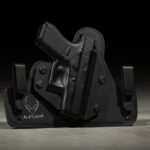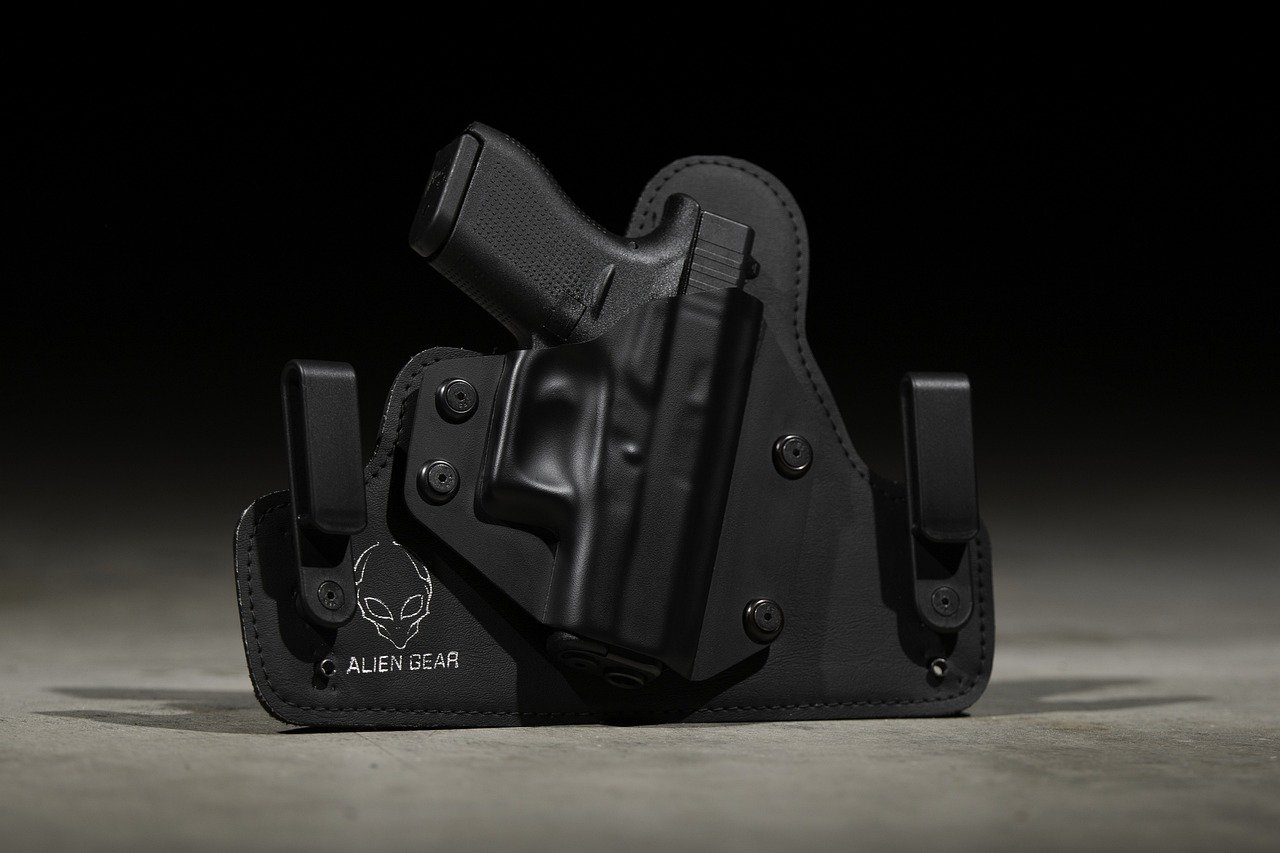Key Takeaways
- Ankle holsters offer an alternative concealed carry method, providing unique advantages for everyday use.
- Comfort, accessibility, and wardrobe considerations play a key role in choosing an ankle holster.
- There are safety, legal, and practical factors everyone should weigh before selecting this carry style.
- Modern designs and training tips can improve both performance and peace of mind for users.
Why Choose an Ankle Holster?
Ankle holsters have steadily gained recognition among concealed carriers for their unique blend of accessibility and subtlety. In environments where deep concealment is vital, such as workplaces with strict dress codes or settings where weapons are crucial and would be visible in holsters, ankle holsters prove to be a discreet option. For those visible and invisible to others, it is significant to those who offer workers or those frequently accessing a concealed location, such as an RC, as it can be a practical alternative to reaching for a waistband or shoulder holster. Since the ankle is generally out of bystander view, this position reduces the chance of accidental exposure, a key concern for responsible carriers.
Many owners are turning to concealed carry ankle holsters because they combine personal security with the flexibility to adapt to different outfits and social situations without drawing attention. Modern options are far more comfortable and secure than those of older generations, incorporating thoughtful features that cater to the needs of those who wear them. As more people seek to diversify their concealed carry options, everyday ankle holsters offer a reliable and comfortable way to stay prepared, highlighting their versatility for both backup and primary arms, especially for those navigating diverse environments on a daily basis.
Key Considerations Before Carrying on the Ankle
Adopting a dialyzer is not a one-size-fits-all solution; several factors should be considered before making the switch. The most immediate consideration is how your daily activities impact accessibility, comfort, and necessity. If you’re someone who is frequently active, bending, or standing for extended periods, it’s essential to ensure your ankle rig stays secure and comfortable under constant movement. Conversely, if seated work dominates your day, ankle carry may provide quicker access than many traditional holsters.
According to the U.S. Concealed Carry Association, another consideration is the type of firearm you plan to carry. Ankle holsters are best suited for lightweight, subcompact handguns that don’t weigh down your stride or pose risks of slippage. It’s important to try on different holsters and walk around for a while—comfort can vary dramatically between models and users. Your shoe choice matters too: sturdy boots can help anchor the holster and distribute the weight of your firearm more evenly, whereas low-profile shoes may not provide enough support for all-day carry.
Spending time evaluating your wardrobe, footwear, and activity level against potential holsters ensures a smoother, more confident daily carry experience.
Safety and Legal Aspects
Safe carry always begins with good habits and informed choices. Using an ankle holster means adapting to a different drawing motion than with waistband carry, which requires unique safety challenges. The angle and position require extra care to ensure that you never accidentally sweep yourself or others with the muzzle during the draw. Practicing regularly—preferably with an unloaded firearm in a controlled setting—helps build essential muscle memory and perfects your technique.
On the legal front, concealed carry regulations can vary significantly from state to state and even within municipalities. Sovereign entities may have specific rules regarding within-body carry, holster design, or locations where concealment is permitted. The National Rifle Association’s overview of the best way to carry, specifically using ankle holsters, emphasizes the importance of staying informed about local and state laws, particularly those at the municipal level. Regular training doesn’t just enhance safety; it also serves as valuable documentation of your responsible behavior and preparedness, should you ever need to justify your defensive choices to authorities or in a court of law.
Techniques for a Reliable Draw
Drawing quickly and confidently from an ankle holster takes focused practice and good form. The draw starts by assuming a safe, stable position: many trainers suggest moving to a crouched or kneeling posture, using your support hand to lift your pant leg. It exposes the firearm for a secure gripping motion, after which the firearm can be drawn up and out, minimizing excess movement and fumbling, and ensuring your balance and kneeling, making sure you stay as steady as possible.
- Use your non-dominant hand to clear your pant cuff well above the holster—practice will help you find the best technique here, depending on your pant type. Practice the firearm firmly and draw upward in a fluid, controlled movement of the pants you’re wearing, immediately pointing the muzzle away from your body and others.
- Take time to reacquire your balance before engaging further to avoid falls or accidents under stress.
Most experts agree that dry-fire practice—repeating the full motion with an unloaded pistol—builds coordination and reduces hesitation in real scenarios. Those who invest even five minutes a week in this drill soon discover the method’s reliability rivals that of standard waistband carry for many day-to-day encounters.
Recent Innovations in Ankle Holster Design
Recent years have witnessed impressive advancements in ankle holster design. Brands are integrating lightweight, breathable mesh materials to keep heat and sweat at bay, while reinforced Velcro and wider straps ensure the holster stays put no matter the activity. Some new models boast anti-slip silicone trims and modular retention systems, allowing users to fine-tune the holster fit for maximum security.
These enhancements translate into greater day-long comfort and fewer distractions, even as users transition between work, errands, and leisure activities. Ankle holsters are positioned as a realistic, comfortable, and reliable solution for anyone serious about discreet concealed carry.







